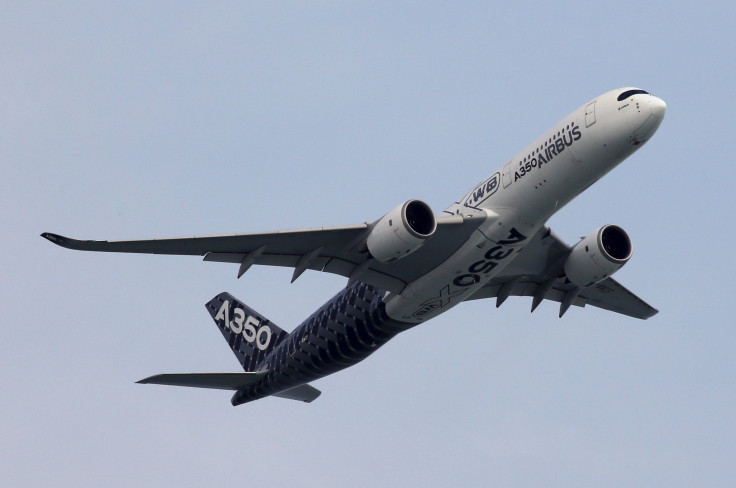‘Longest Flight’ Lands In New Zealand As Gulf Carriers Compete For Flight Length Amid Slowing Growth Prospects

An Airbus A380 operated by Emirates flew the longest non-stop scheduled commercial flight Wednesday when it landed in Auckland, New Zealand, after taking off 8,824 miles away, from Dubai, United Arab Emirates. With its inaugural flight, which took off Tuesday, the Dubai-based airline pushed Australian carrier Qantas, which has been flying a 8,578-mile route between Sydney and Dallas since September 2014, to second spot.
While Emirates flew a double-decker Airbus A380 on the inaugural flight that took less than 16 hours to complete, a Boeing 777 will be used to fly the route regularly, Stuff, a New Zealand news website, reported. The return leg of the flight will take 17 hours and 15 minutes, the longest duration for any non-stop commercial flight.
This record is destined to be short-lived, however, as Emirates will beat itself to the first spot later this month when it launches the Dubai-Panama City route that will take 17 hours and 35 minutes to fly. In terms of flying distance, however, this route will rack up 8,588 miles only.
Regional rival Qatar Airways has "longer" plans. Later this year, it will reportedly launch a flight from Doha to Santiago in Chile, beating the Dubai-Auckland flying distance by 140 miles. It will also start its own flights to Auckland, and with Doha being to the west of Dubai, this flight will be 200 miles longer than its Emirates counterpart, Bloomberg reported.

Meanwhile, Singapore Airlines is reportedly planning to re-launch its 19-hour 9,500-mile route direct service to New York in 2018. The Asian carrier scrapped the route in 2013, which it flew using a four-engine Airbus A340-500 with 100 business class seats. The airline is waiting for Airbus to make a lighter version of its A350-900 plane.
Along with improvements in performance of aircraft, the lower price of oil is contributing to this uptick in ultra-long-haul flight activity. Jets used for long distance flights carry fewer passengers than aircraft used on shorter routes, which allows them greater fuel efficiency but reduces margins for the airline. For example, the Boeing 777-200LR at Emirates can carry 266 people, as opposed to more than 350 in a 777-300ER with the same layout, according to Bloomberg.
While they may be symbols of pride for airlines that operate them, these flights are not easy, from a business perspective. Emirates’ Panama City route, announced in August 2015, was originally scheduled to start flying from Feb. 1 this year, but has been pushed to March 31. According to Airways News, this was likely caused by the airline not being able to form codeshare agreements with regional carriers in Central America. Without those, it was likely that Emirates struggled to fill its inaugural flight.
© Copyright IBTimes 2024. All rights reserved.





















